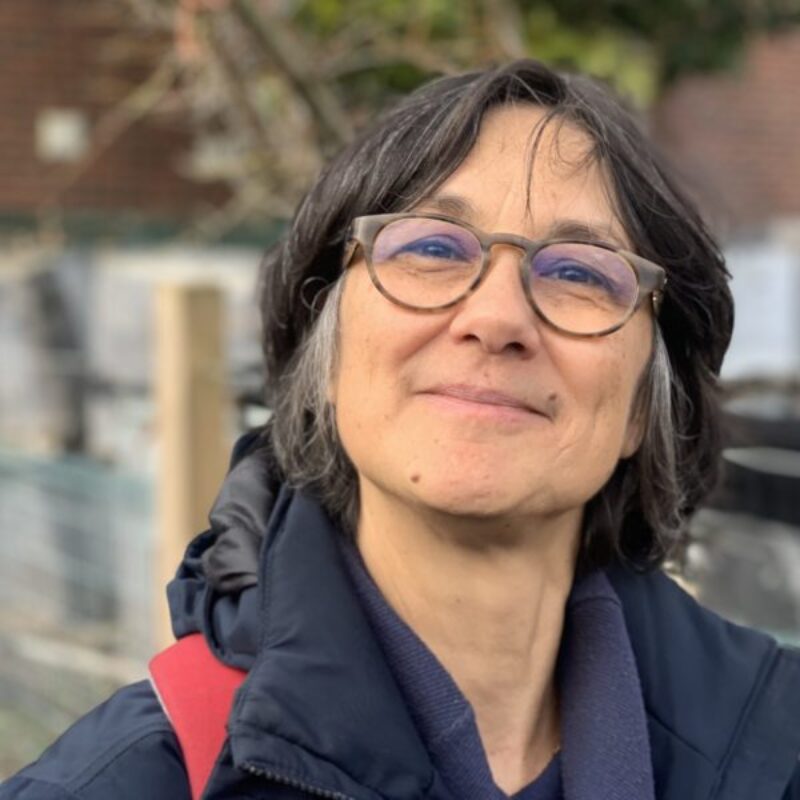Cambridge Labour Party Cambridge Labour Party

Cambridge Independent Leaders’ Column
Written by Cllr Katie Thornburrow, Published Wednesday 27th March 2024
The Government, in the form of Levelling Up Minister Michael Gove, has published a 38 page ‘Case for Cambridge’ in order to help ‘realise Cambridge’s full potential’. Despite repeated calls for the Government to involve local people in these discussions, they continue to suggest a new body – a ‘development corporation’ – should be created. The details are unclear, but typically these bodies have legal authority to manage the overall development of an area by overriding the local planning authority to deliver centrally agreed building plans. They have been used to create new towns, like Harlow, or even cities like Milton Keynes, or to revitalise areas like Docklands in London.
When Government Ministers talk about their ambitions for Cambridge, they are happy to call for tens of thousands of new homes, more offices and lab space, stressing their ambition to make the city the ‘Silicon Valley of Europe’. However, it will be local people that have to deal with the real world of water shortages, congested roads, poor air quality, and the need for schools and hospitals for everyone. Gove may blame ‘the planning backlog’ for the slow progress of housing development, but I don’t believe that simply ignoring current planning procedures will solve the problem here in Cambridge or elsewhere.
Even before the Government’s recent intervention, Cambridge has seen several major private developments over the last few months – the recent approval of plans to refurbish and extend the Grafton Centre to host life sciences companies, plans for a complete redevelopment of the Beehive Centre, and a possible expansion of the biomedical campus.
Residents may have their personal opinions on these developments, but it’s here that the local planning department comes into play. Cambridge City and South Cambridgeshire District Councils run a shared service to assess planning applications, everything from a kitchen extension or a bike shed through to the new children’s hospital or a major biotechnology facility at the Beehive. All this is done in line with the legal planning framework and the relevant council’s Local Plan, which sets out sites for new homes and business and the standards for any building.
Larger projects like the ones mentioned above will go through a rigorous planning process which holds up the proposals to national and local standards. This includes asking important questions about issues including overdevelopment, climate, water and biodiversity to their effects on communities and provision of adequate cycle parking.
Over the last five years, Cambridge City and South Cambridgeshire have been working together with experts and residents to develop our new emerging Local Plan, looking at the next phase of development of the greater Cambridge area. It is a complicated, painstaking approach that involves lots of councillors, planners and experts, and includes several rounds of public comment. Before it is agreed it is reveiewed by the planning inspectorate, where they look for solid evidence for every claim made, to ensure that the plan is feasible and will ensure any growth is delivered in a sustainable and inclusive way for people and planet.
The Local Plan also identifies locations that are suitable for home, or offices – and developers can make it easier to get approval by fitting in with this. It also sets targets based on local and national evidence for the number of homes needed in the area, to ensure that people have good places to live. The emerging calculations to identify local housing need suggests that the greater Cambridge area will need a further 14,500 homes between 2020 and 2041, in addition to the 37,300 homes that were already identify as being needed in the councils’ 2018 Local Plans.
In contrast, the government’s ‘Case for Cambridge’ has been pulled together in a matter of weeks by people with no real connection to the city, to satisfy a ministerial desire to support the life sciences and biotechnology industry, with apparently random numbers of new homes needed and no sound basis for the approach taken. Michael Gove has decided we need to grow Cambridge, initially announcing 250,000 homes by 2040, now reduced to 150,000. These numbers don’t make sense to us on the City Council and I don’t think they make sense to the vast majority of people here in Cambridge.
One of the major problems that we have been highlighting throughout this process is that we can’t support the numbers of people, houses, and businesses called for. Our systems are already overstretched, as we have seen with the growing awareness of the water crisis in the region or the problems with public transport, or the increasing unaffordability of housing in the city. To take one example, we’re promised water from Grafham Water, but without a realistic plan to deliver it. We’re told that a ‘water credit’ scheme will help businesses manage their water use, but this is unproven. And of course we are offered the Fen Reservoir at Chatteris – sometime.
This just won’t do. We want Cambridge to thrive, and we know that it can be a major contributor to the UK economy as a home for technology and life sciences. But if we are to deliver that promise in a way that improves the quality of life for everyone, in a way that helps reduce the environmental impact of new developments, and in a way that the people of Cambridge can welcome, we need to put a lot more effort into supporting our existing ways of managing development, by investing in planning, by supporting the emerging local plan, and by encouraging everyone to speak out about the future they see for our amazing city.
